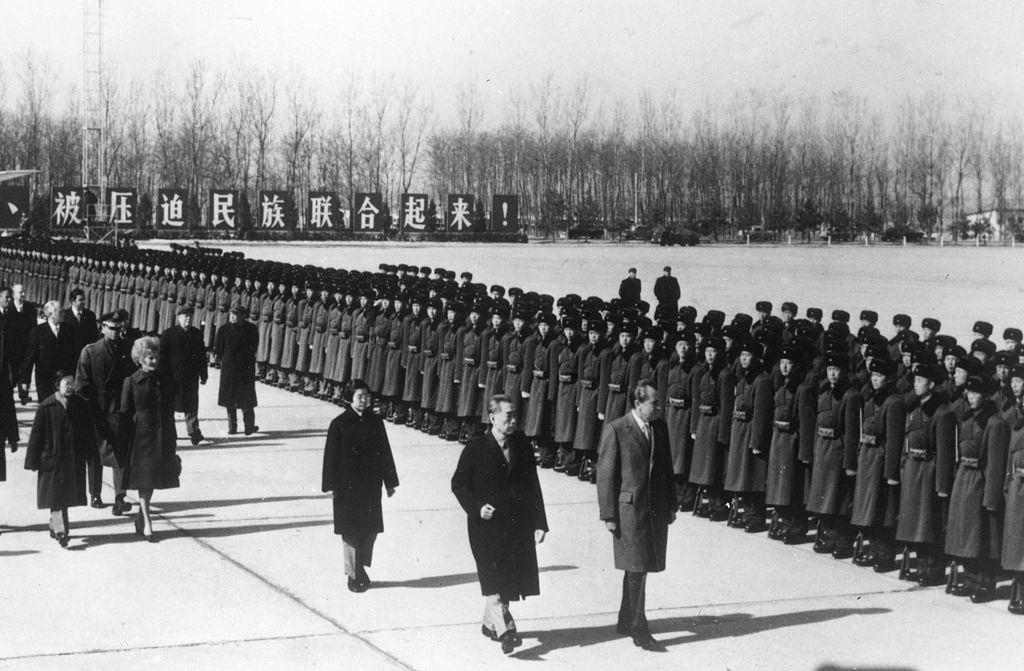News Analysis
As the anniversary of President Richard Nixon’s historic visit to Beijing reaches the half-century mark, it is time to take stock.

As the anniversary of President Richard Nixon’s historic visit to Beijing reaches the half-century mark, it is time to take stock.